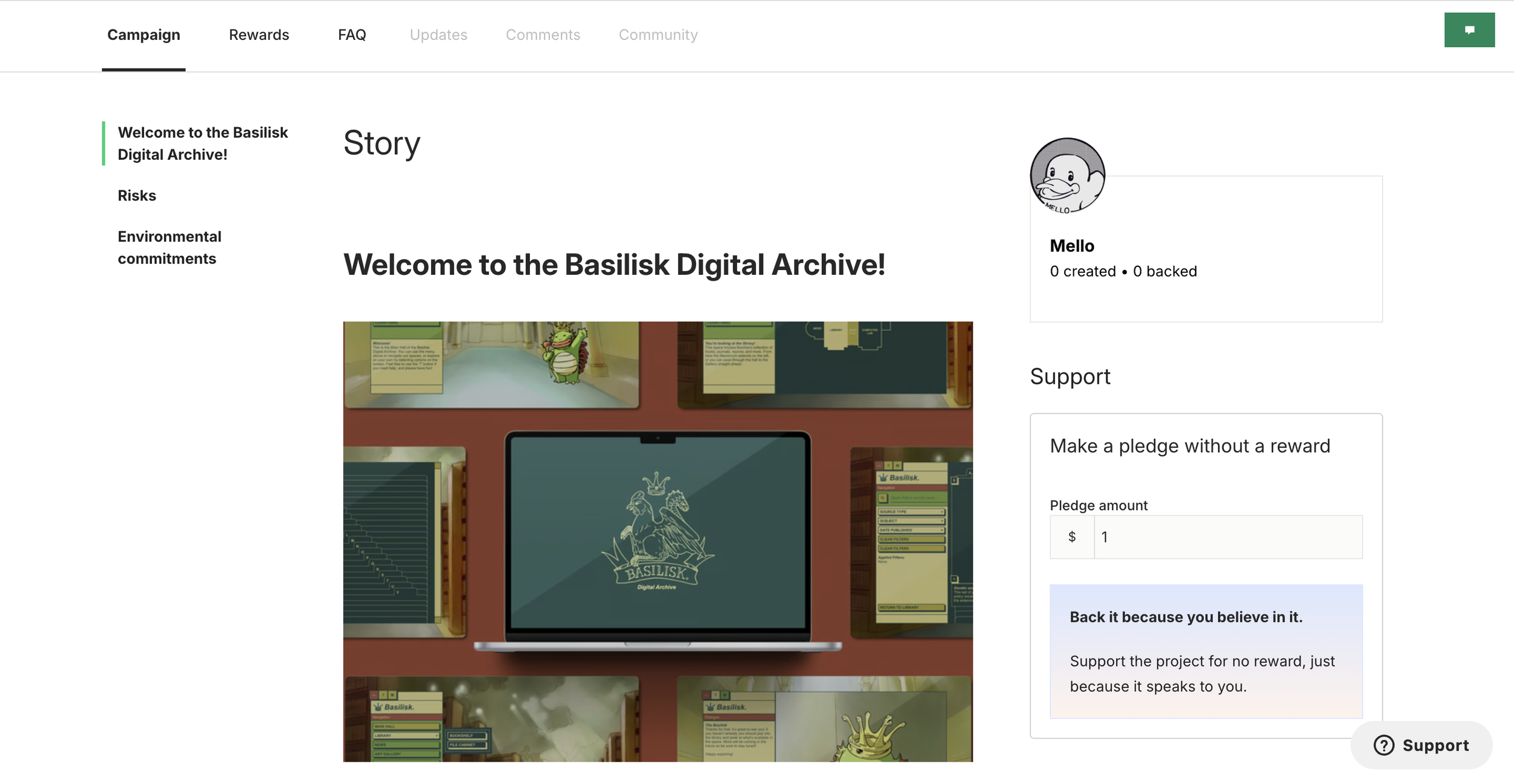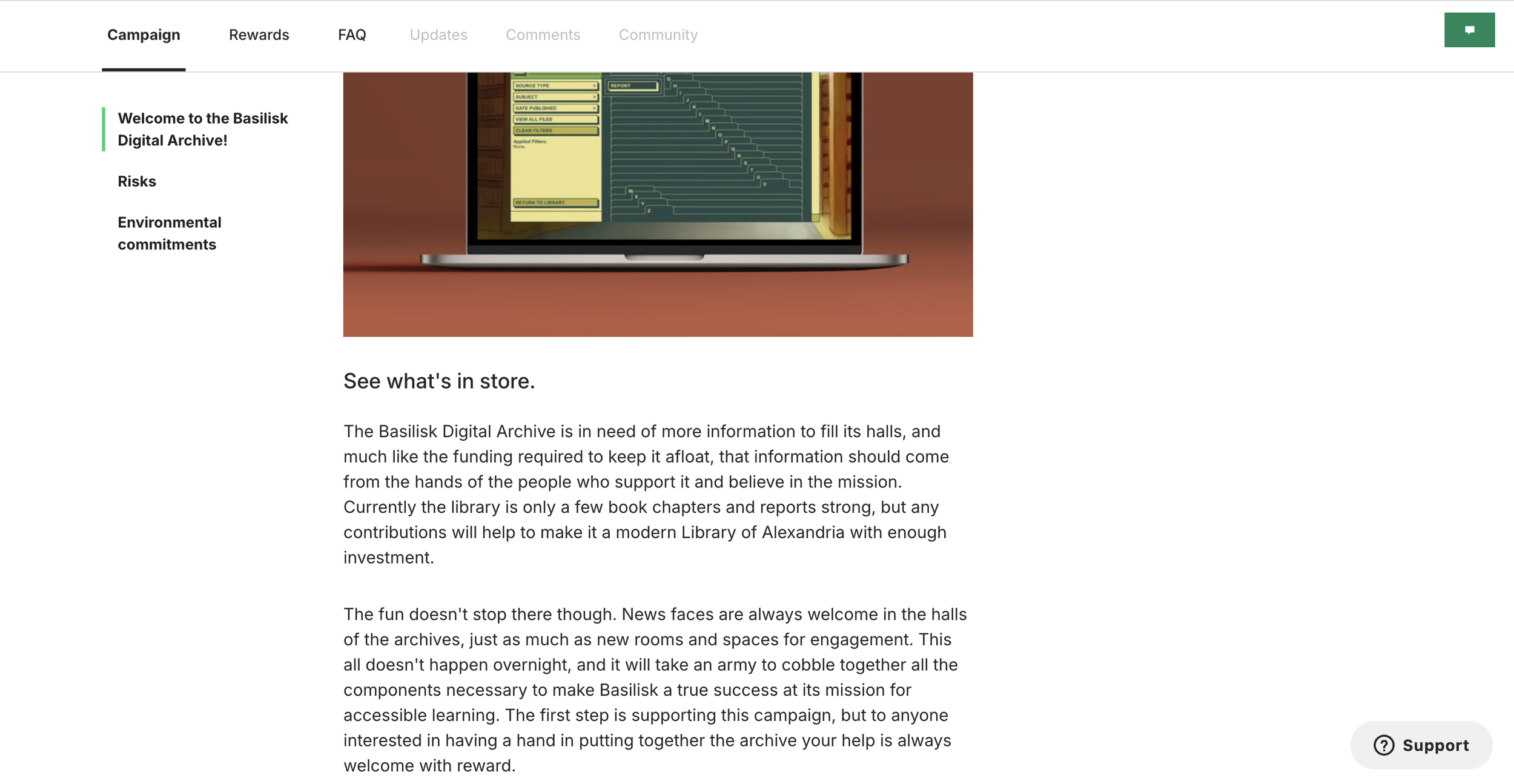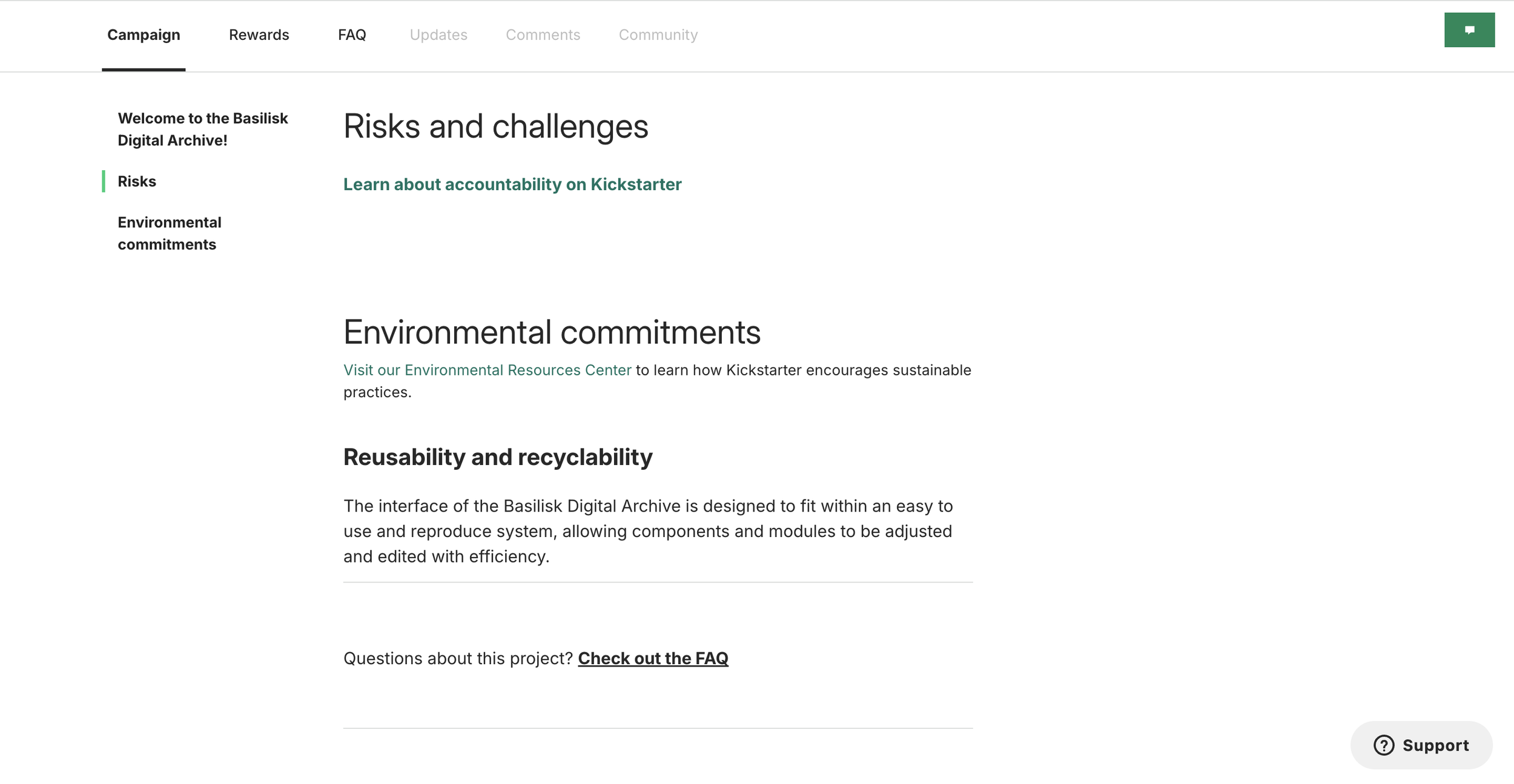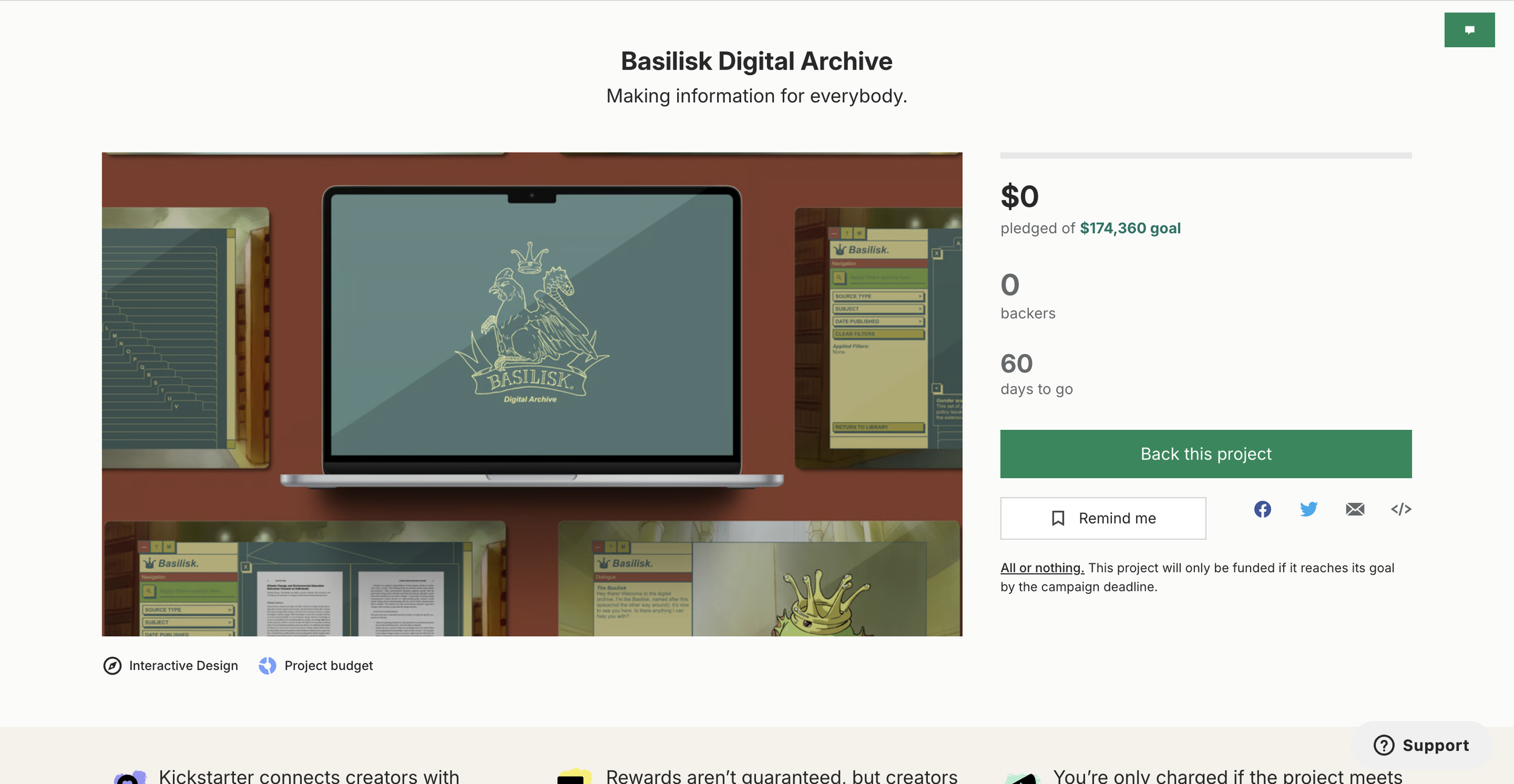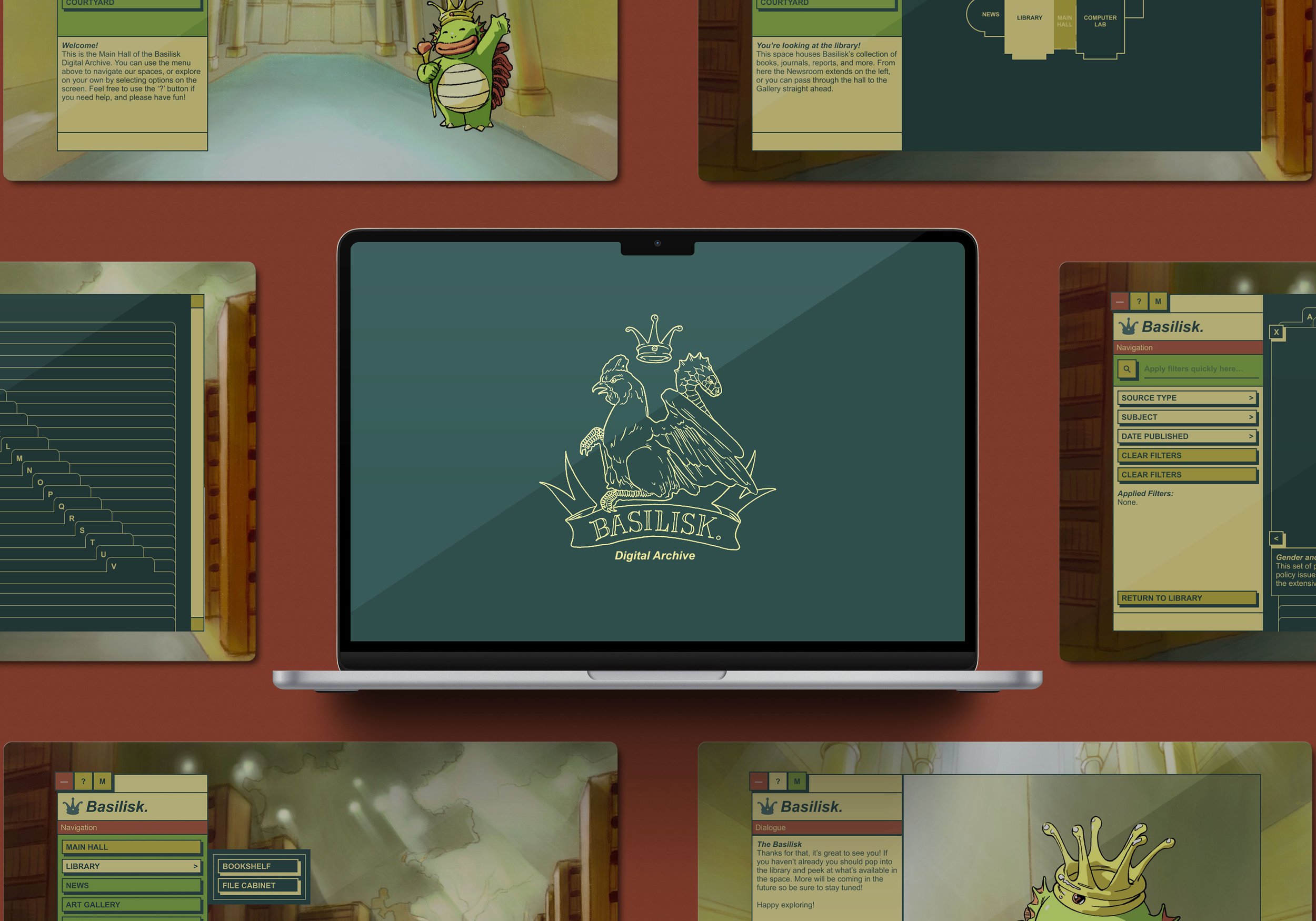
The Basilisk Digital Archive*
Print and web design
Client: Mello
The world is smaller today than it ever has been, and larger than it ever will be again thanks to the advent and continued growth of the Internet. Since its inception it has provided people with access to a seemingly endless well of information which connects them from all corners of the world, and people in turn rely on information from the Internet to keep them informed about that ever changing, ever shrinking world we live in. Despite this, it has also been understood since its inception that not all information provided on the Internet is reliable, yet now more than ever misinformation permeates every inch of the online world we interact with. From advertisers optimizing SEO to dominate the top of search queries, to Internet academics infiltrating every chat, app, and forum, to Google AI and Chat GPT generating unfiltered assumptions on every search; these things have media literacy and academic accessibility more important than they’ve ever been.
*This was the initial concept for this project, formatted as a pitch to kick the whole thing off. To view this project in its up-to-date form, click here!



This project aims to create an experience which teaches its users about the importance and practice of media literacy through hands-on interaction, while fostering an interest in being more thoughtful about navigating digital spaces and discussions. The Basilisk Digital Archive fosters a culture of thoughtful and deliberate online research and engagement, information accessibility, and human centered design.


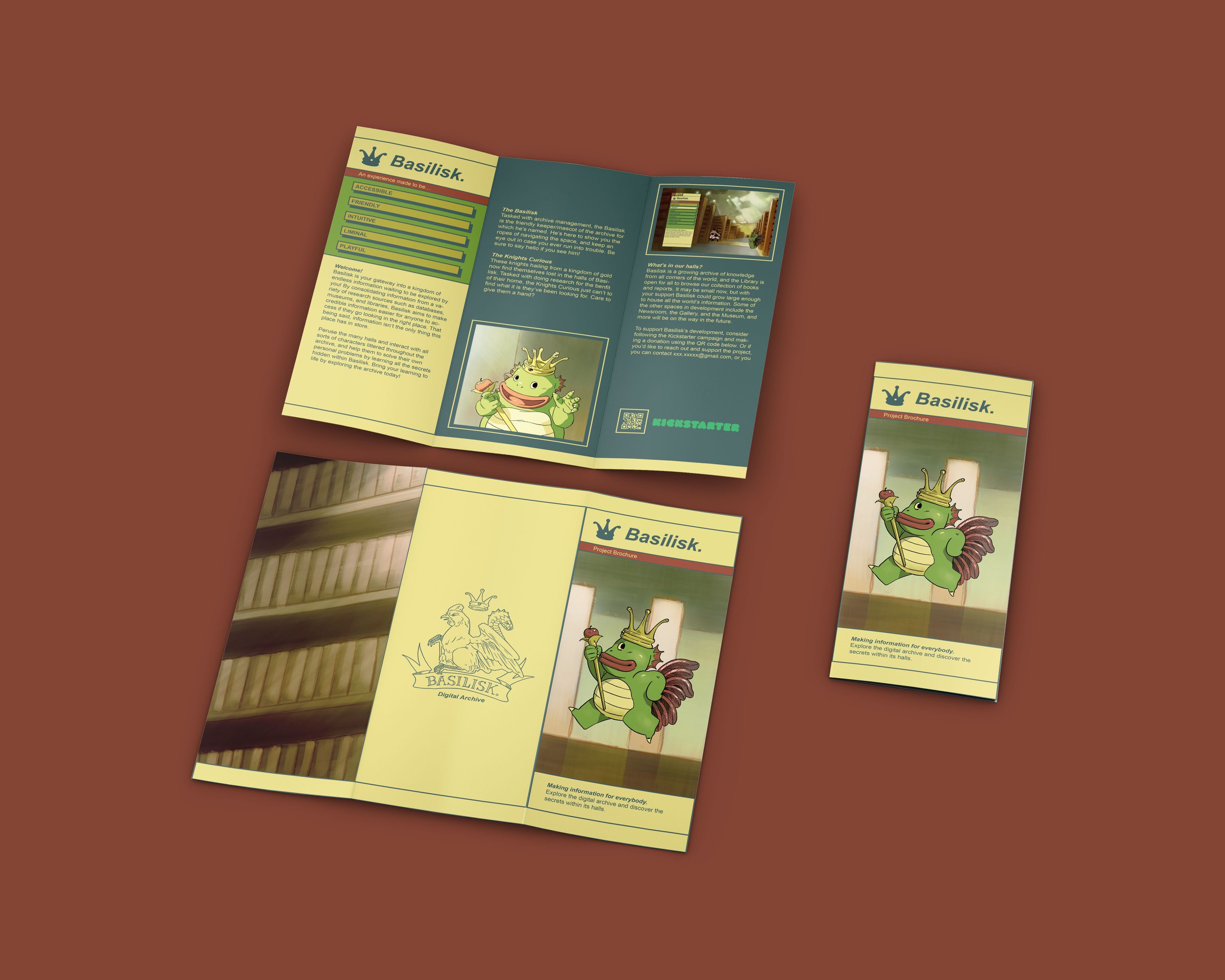
The final components of this piece create a project pitch for the future development of the Basilisk digital archive and any and all accompanying assets including an interactive prototype, designed components for the web, promotional materials, and the final developed web ready piece. The pitch for the final project comes with mockups of the experience itself including style-frames, a suggested promotional brochure, and a proposed Kickstarter campaign and crowdfunding resources for the final project push. The proposed prototype would allow donors to the campaign and other crowdfunding sources to test and contribute to the development of the archive, and the brochure would market the resource to a broader public audience, allowing to experience to achieve its goal of truly being a human centered resource, built for the bottom line.
